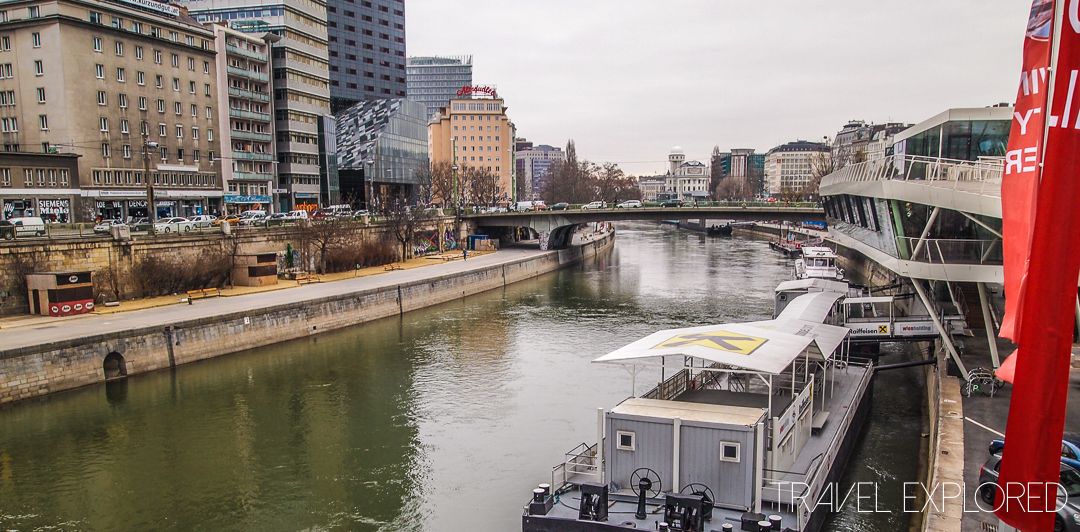At home, you often have nearly unlimited access to the internet and all the wonders that we can stream at will. Everything from the latest news, music, movies, books and more is accessible without a second thought. However, once you board a plane or cruise ship and leave the connectivity of your home or mobile internet you lose a lot of access.
In the past, I have shared around the topic of costs associated with accessing internet on a cruise ship. But when it comes to internet in the skies, the access and cost can vary widely, depending on the airline and country you are flying in. So if you want to save your pennies and ensure an uninterrupted audio experience when travelling you might want to consider the following tips.
1. Download Music
Music has for some time been moving away from buying individual tracks to streaming across the internet. It works great when you are at home or even around town, but when you lose that phone signal the music stops. But not to worry, as most services provide an option to download and listen offline. I have linked to the guide on how to do this for some of the popular platforms. However, just if your service is not listed look for information about offline listening.
Apple Music | Spotify | Soundcloud
It is a good idea to take a few minutes to check this well in advance of going away. The time to download can be significant depending on how big your playlist might be. So you don’t want to be waiting on the download to happen when you are supposed to be heading to the airport.
2. Download Audiobooks
Audiobooks, like music, can be something that you will want to plan in advance and not at the last minute before heading to the airport. The size of the download will depend on a couple of factors.
Firstly the length of the audiobook and secondly the quality of the audio recording. While both factors can play a part in the size of the download, only the audio quality might be something you can change. But that will depend on the service where you purchase your audiobooks.
If you are buying from Audible you will find they are available in two quality options, standard or high quality. The high-quality audio works out to average 28.8 MB per hour and the standard is around half of that. So if you are downloading an audiobook that is eight hours long your download will likely be between 115 MB and 230 MB. That does not seem like a lot but it can sometimes take longer than expected to download. If you are not already using Audible you can get there with the banner below. It is an affiliate link and if you sign up for the service I will receive a small commission.
3. Download Podcasts
Podcasts are another great option for listening when travelling. Podcasts can be a great option to binge listen to while you are travelling. Especially if you are cruising or know you have a lot of hours in the air getting to your destination.
You need to make sure that you are downloading episodes to your device. Just because you subscribe to a podcast does not mean that all the episodes will automatically download. Often it is just the latest episode that will download, but you do have the option to download any of the back episodes.
Many podcasts have been running for quite some time and have a lot of back episodes. So unless you are keeping up with episodes you may have ample episodes to choose from and listen to. On my last cruise, I knew I would be spending some time walking on the decks each day. As a result, I took some time and downloaded around 24 hours of podcast episodes. Over the period of 10 days on the cruise I did not even need half of the episodes, but it was handy to have them available.
Be Prepared
So hopefully these few thoughts have been able to help you be a little more prepared for your next time travelling. It can definitely help to save a little of the boredom that a long haul flight can bring. But can also help if you are looking for something to fill in a little time between activities on a cruise. But if you don’t plan ahead you will be limited to a much smaller range of what happens to be on your device.

















